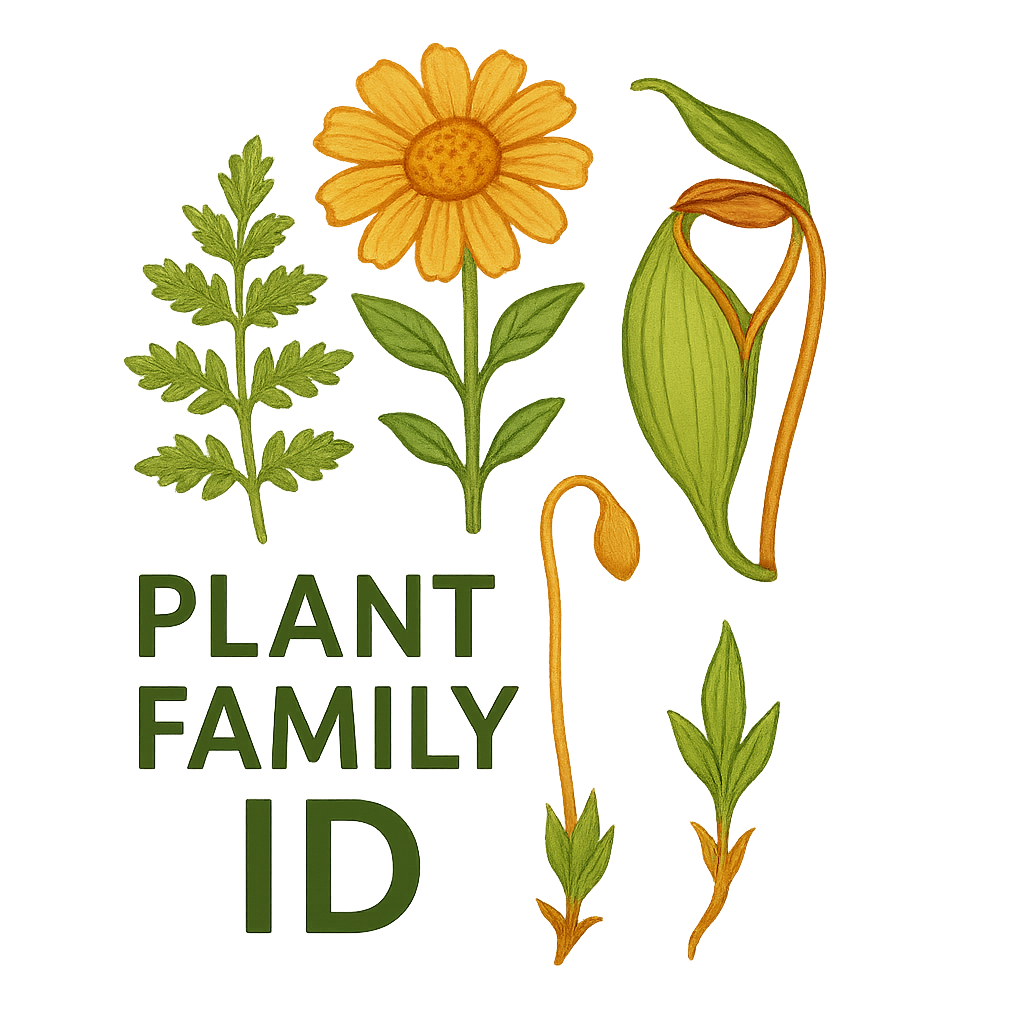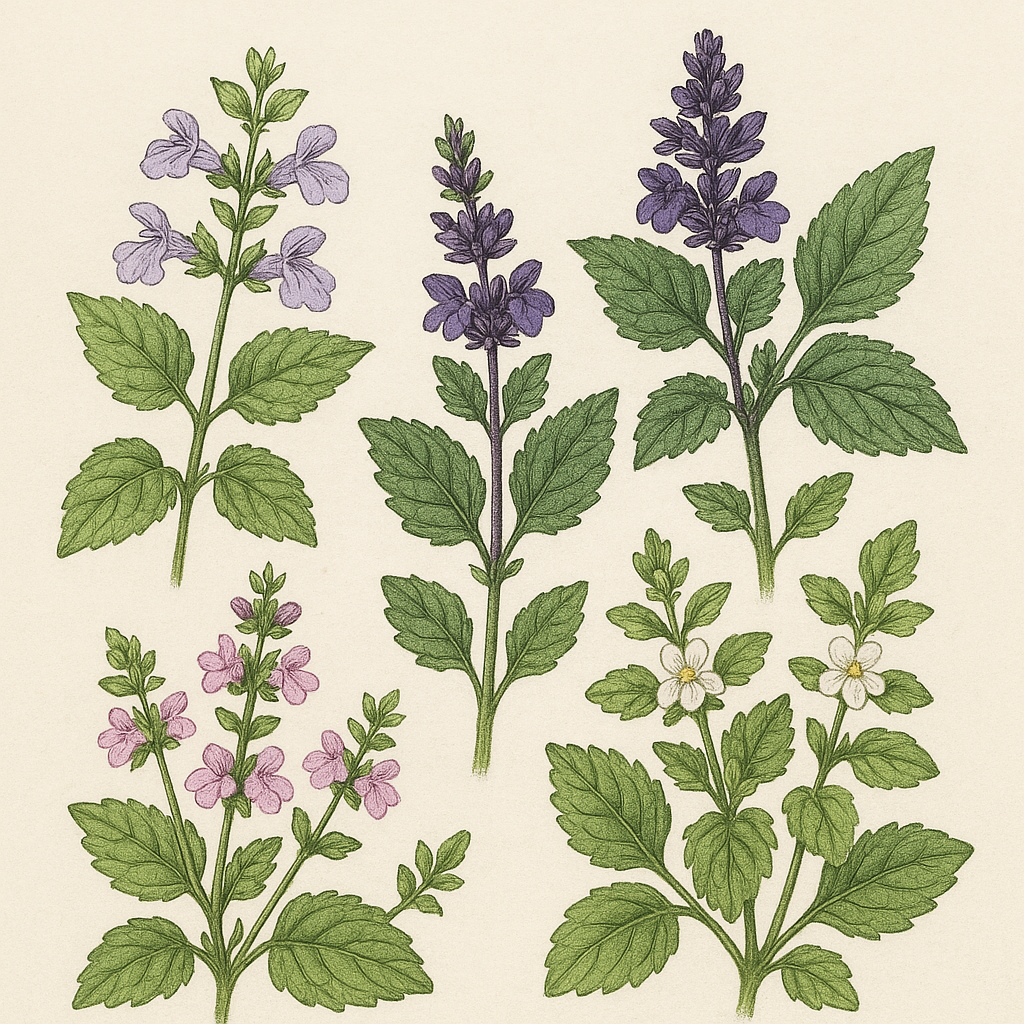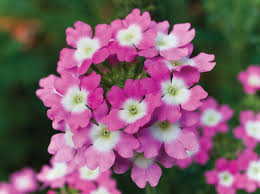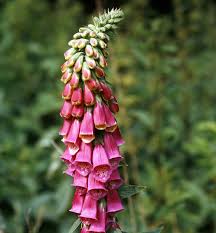Boraginaceae
Borage Family / Forget-me-not Family
Boraginaceae is a large and diverse family, found nearly worldwide, comprising herbs, shrubs, trees, and lianas, often characterized by bristly hairs and coiled flower clusters (cymes). Under a broad modern circumscription (Boraginaceae sensu lato), it includes around 150 genera and 2700 species, encompassing groups previously treated as separate families (like Hydrophyllaceae). Flowers are typically 5-merous, and fruits are highly variable (nutlets, drupes, or capsules). The family constitutes its own order, Boraginales, sister to the Lamiales.
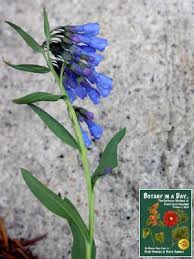
Overview
Boraginaceae, the Borage or Forget-me-not family, is cosmopolitan and highly diverse in habit, ranging from common weeds and wildflowers to desert shrubs, tropical trees, and even parasitic plants. A significant portion of the family (subfamily Boraginoideae) consists of herbs covered in coarse, stiff hairs, often making them rough to touch. A characteristic feature of many species is the inflorescence, a coiled scorpioid or helicoid cyme that gradually unrolls as the typically blue, pink, or purple flowers open.
The broad definition of Boraginaceae used in recent classifications (like APG IV) includes several major lineages that differ significantly, particularly in ovary and fruit structure. The largest group, Boraginoideae, has a unique ovary that becomes deeply 4-lobed, with the style arising from the center (gynobasic), leading to a fruit of 4 nutlets. Other major groups, such as Cordioideae and Ehretioideae (often trees/shrubs), Heliotropioideae (heliotropes), and Hydrophylloideae (waterleaves, phacelias), typically have an unlobed ovary with a terminal style, producing fruits that are drupes or capsules. The parasitic Lennooideae are also included.
Many species are cultivated as ornamentals (Forget-me-nots, Heliotropes, Geiger Tree), some yield dyes or have medicinal uses (Borago, Symphytum), while others can be weedy or contain toxic alkaloids. The family represents a distinct lineage within the Lamiid clade of Asterids, placed in its own order, Boraginales.
Quick Facts
- Scientific Name: Boraginaceae (sensu lato)
- Common Name: Borage Family, Forget-me-not Family
- Number of Genera: Approximately 120-150
- Number of Species: Approximately 2000-2700
- Distribution: Cosmopolitan.
- Evolutionary Group: Eudicots - Asterids - Lamiids - Boraginales
Key Characteristics
Growth Form and Habit
Highly variable: annual or perennial herbs, shrubs, trees, and some lianas. Many herbaceous members are conspicuously covered in coarse bristles or hairs (hispid, strigose), often arising from swollen bases, making them rough. However, some groups (e.g., Cordia, Ehretia) are smooth woody plants. The subfamily Lennooideae consists of achlorophyllous root holoparasites.
Leaves
Leaves are usually arranged alternately (less often opposite), typically simple (rarely pinnately compound), and generally have entire margins. Leaf shape is diverse. Stipules are absent. Hairiness varies greatly, from densely bristly to nearly smooth.
Flowers and Inflorescence
The inflorescence is often a distinctive one-sided coiled cyme (scorpioid or helicoid cyme) that uncoils as flowers mature, although other types like panicles also occur. Flowers are usually bisexual, typically radially symmetrical (actinomorphic), but sometimes slightly zygomorphic, and generally 5-merous.
- Calyx: 5 sepals, usually fused at the base (synsepalous), often persistent and sometimes enlarging around the fruit. Frequently hairy.
- Corolla: 5 petals, fused (sympetalous) into a tube, funnel, bell, or saucer shape, with 5 spreading lobes. Color is diverse (blue, pink, purple, white, yellow, orange). Many species in Boraginoideae have scale-like appendages called fornices in the corolla throat.
- Stamens: 5 stamens, attached to the corolla tube (epipetalous) and alternating with the lobes. Filaments usually equal in length.
- Ovary: Superior. Structure is key to distinguishing major subgroups:
- Subfamily Boraginoideae: Ovary initially 2-carpellate but becomes deeply 4-lobed early; style arises from the central depression between the lobes (gynobasic style).
- Other subfamilies (e.g., Cordioideae, Ehretioideae, Heliotropioideae, Hydrophylloideae): Ovary usually entire or only shallowly lobed; style arises from the apex (terminal style).
Fruits and Seeds
Fruit type is highly variable and correlates strongly with ovary/style structure:
- Subfamily Boraginoideae: Typically a schizocarp splitting into 4 one-seeded nutlets.
- Subfamilies Cordioideae, Ehretioideae: Typically a fleshy drupe (stone fruit) with 1-4 seeds.
- Subfamily Heliotropioideae: Dry fruit splitting into 2 or 4 nutlets, or sometimes drupaceous.
- Subfamily Hydrophylloideae: Typically a capsule dehiscing by valves, containing few to many seeds.
- Subfamily Lennooideae: Fleshy, somewhat indehiscent fruit.
Seeds may or may not have endosperm.
Chemical Characteristics
Many members, particularly in subfamily Boraginoideae, produce pyrrolizidine alkaloids, which can be toxic to livestock and humans if ingested. Mucilage and tannins are also common. Boraginaceae generally lack the iridoid compounds characteristic of their sister group, the Lamiales.
Field Identification
Identifying Boraginaceae (in the broad sense) requires recognizing several possible combinations of features, often linked to the major subgroups:
Primary Identification Features
- Habit & Hairiness: Highly variable (herbs, shrubs, trees), but very often noticeably hairy or bristly (especially herbaceous members).
- Inflorescence: Frequently a distinctive coiled cyme (scorpioid or helicoid) that unrolls.
- Flowers: Usually radially symmetric, 5-merous (5 sepals, 5 fused petals, 5 stamens).
- Ovary/Style/Fruit Complex (Key Distinction):
- Pattern 1 (Boraginoideae): Ovary deeply 4-lobed with style arising from the base between lobes (gynobasic); fruit splits into 4 nutlets. Typically hairy herbs. Corolla often has fornices (throat appendages).
- Pattern 2 (Cordioideae, Ehretioideae): Ovary entire or shallowly lobed with terminal style; fruit a fleshy drupe. Often woody shrubs or trees.
- Pattern 3 (Hydrophylloideae): Ovary entire with terminal style; fruit a capsule. Often herbs, sometimes less hairy than Boraginoideae.
- Pattern 4 (Heliotropioideae): Ovary entire or lobed with terminal style (often ending in a distinct stigma); fruit dry, splitting into nutlets or drupaceous.
Secondary Identification Features
- Leaves: Usually alternate, simple, entire, without stipules.
- Corolla: Often tubular, funnel-shaped, or saucer-shaped; frequently blue, pink, purple, or white (less commonly yellow/orange).
- Calyx: Often persistent, sometimes enlarging in fruit.
Seasonal Identification Tips
- Flowering Time: Coiled cymes with open flowers (often blue/pink/purple) are very characteristic when present.
- Fruiting Time: Identifying the fruit type (4 nutlets vs. drupe vs. capsule) is crucial for confirming the family subgroup and often the genus.
- Vegetative Time: Rough, bristly hairs on alternate, simple leaves strongly suggest Boraginaceae (likely Boraginoideae). Smooth woody plants require checking flower/fruit details.
Common Confusion Points
- Lamiaceae (Mint Family): Often confused with herbaceous Boraginoideae due to 4-nutlet fruits. However, Lamiaceae typically have opposite leaves, square stems, and strongly zygomorphic (bilabiate) flowers. Boraginoideae usually have alternate leaves, round stems, and actinomorphic flowers.
- Verbenaceae (Vervain Family): Can have similar flower shapes, but often have opposite leaves and typically produce drupes or schizocarps splitting into 2 or 4 pyrenes (not usually 4 free nutlets like Boraginoideae).
- Families with Capsules (e.g., Polemoniaceae, Solanaceae): Hydrophylloideae (formerly Hydrophyllaceae) might be confused with these, but differ in details like stamen number/insertion, ovary structure (locules, placentation), and presence/absence of corolla appendages.
- Families with Drupes: Cordioideae/Ehretioideae require checking floral formula (5 sepals, 5 petals, 5 stamens), leaf arrangement (alternate), and lack of stipules to distinguish from other drupe-bearing families.
Field Guide Quick Reference
Look For:
- Often hairy/bristly herbs, shrubs, trees
- Inflorescence often a coiled cyme
- Flowers 5-merous, usually radially symmetric
- Corolla tubular/funnelform/rotate, 5 lobes (sometimes w/ fornices)
- 5 stamens attached to corolla
- Key: Ovary 4-lobed + gynobasic style OR Ovary entire + terminal style
- Key: Fruit 4 nutlets OR drupe OR capsule
- Leaves usually alternate, simple, entire, no stipules
Key Variations within Family (s.l.):
- Habit (herb, shrub, tree, parasite)
- Hairiness (bristly vs. smooth)
- Ovary structure (4-lobed vs. entire)
- Style type (gynobasic vs. terminal)
- Fruit type (nutlets vs. drupe vs. capsule)
- Presence/absence of fornices
Notable Examples
Boraginaceae sensu lato is diverse, including well-known wildflowers, garden plants, tropical trees, and former members of Hydrophyllaceae.

Myosotis sylvatica
Wood Forget-me-not
Represents Boraginoideae. A hairy biennial/perennial herb famous for its coiled cymes of small, sky-blue flowers with yellow centers (fornices). Fruit consists of 4 small, black nutlets. Widely cultivated and naturalized.

Borago officinalis
Borage
Also Boraginoideae. An annual herb covered in coarse white hairs. Known for its striking, star-shaped, bright blue, nodding flowers with prominent black anthers forming a cone. Leaves and flowers are edible (cucumber flavor). Fruit is 4 nutlets.

Cordia sebestena
Geiger Tree, Scarlet Cordia
Represents Cordioideae. A small tropical tree native to the Americas, planted ornamentally. Has large, simple, alternate, rough leaves and clusters of bright orange-red, funnel-shaped flowers with crinkled petals. Fruit is a whitish, fleshy drupe.

Phacelia tanacetifolia
Lacy Phacelia, Fiddleneck
Represents Hydrophylloideae (formerly Hydrophyllaceae). An annual herb native to SW USA/Mexico, known for its feathery, pinnately compound leaves and dense coiled cymes of lavender-blue flowers with long, exserted stamens. Fruit is a capsule. Valued as a cover crop and bee plant.

Heliotropium arborescens
Heliotrope, Cherry Pie
Represents Heliotropioideae. A shrubby perennial (often grown as an annual) native to Peru. Known for its dark green, wrinkled leaves and large clusters (coiled cymes) of small, intensely fragrant purple flowers (vanilla or cherry pie scent). Fruit splits into nutlets.
Phylogeny and Classification
Boraginaceae sensu lato constitutes the sole family within the order Boraginales. This order is placed within the Lamiid clade of Asterids and is considered the sister group to the large and diverse order Lamiales. The recognition of Boraginales as a distinct order highlights the unique evolutionary trajectory of this lineage relative to Lamiales.
The broad circumscription adopted by APG IV unites several groups previously treated as distinct families (e.g., Hydrophyllaceae, Lennoaceae) or subfamilies that are sometimes elevated to family rank (Cordiaceae, Ehretiaceae, Heliotropiaceae). This unification is based on strong molecular evidence indicating they form a single large clade (monophyletic group). However, the internal diversity, particularly regarding ovary and fruit structure, is significant, leading some taxonomists to prefer recognizing multiple smaller families within the order Boraginales. The largest subgroup, Boraginoideae, is characterized by the unique gynobasic style and 4-nutlet fruit.
Position in Plant Phylogeny
- Kingdom: Plantae
- Clade: Angiosperms (Flowering plants)
- Clade: Eudicots
- Clade: Asterids
- Clade: Lamiids
- Order: Boraginales
- Family: Boraginaceae (sensu lato)
Evolutionary Significance
Boraginaceae sensu lato is significant for studying:
- Major Asterid Lineage: Represents a large evolutionary radiation sister to the Lamiales, crucial for understanding Lamiid evolution.
- Fruit Evolution: Showcases remarkable divergence in fruit morphology within a single clade (nutlets vs. drupes vs. capsules), linked to different dispersal strategies.
- Floral Morphology: Evolution of features like the gynobasic style (Boraginoideae) and corolla appendages (fornices).
- Chemical Evolution: Production of pyrrolizidine alkaloids (defense) and general lack of iridoids (contrasting with Lamiales).
- Adaptation: Colonization of diverse habitats globally, including the evolution of holoparasitism in Lennooideae.
- Taxonomic Challenges: Illustrates ongoing debates about family circumscription based on molecular vs. morphological data.
